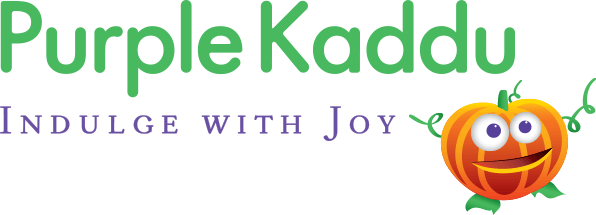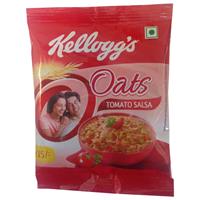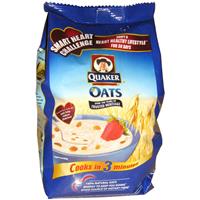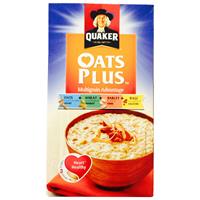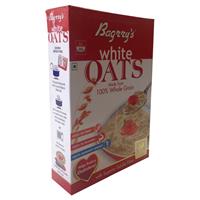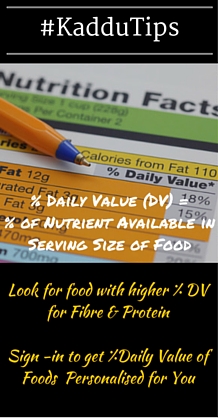
Kellogg's Oats Tomato Salsa
Products in ‘Cereals & Muesli’ category range from 2.5 - 5

Current Product

- Good Source of FibreMore than 10% of the recommended intake of Dietary Fibre - Wow That's Good!Fibre plays an important role in managing your body regularities - Bowel movement - Keeping constipation at bay, a control on Blood Sugar spike and check on blood cholesterol.However, follow the principle of balance and don't go overboard by eating only fibre rich food.
- Good Source of ProteinIt is important that products rich in protein are included in the daily diet.Protein is the main ingredient of structural and functional component of body. Proteins function as building blocks for muscles, cartilage, bones, skin, and blood. They are also building blocks for enzymes and hormones.Try and eat more such food products that give you good amount of Protein.
- High in Good FatGood Fat ! Yes that's correct, Fat is not all bad. The Unsaturated Fat is also referred to as the Healthier Fat as it is source of essential fats (Omega 3 & Omega 6). Fats and oils that we generally consume are rich in omega 6 so try an incorporate the essential omega 3 containing foods in your daily diet. To identify the healthy fat in a food product, look for the Monounsaturated Fat (MUFA) and Polyunsaturated Fat (PUFA) on the nutrition label of the food. The higher the share these types have in the Total Fat or Lipid the better is the product. This does not mean that you should have more of a product just because it is high in Unsaturated Fats. While selecting a food product prefer the one with energy from Fat not be more 30% of total energy available in the product and there is more of the unsaturated fats.
- Highly Processed!Additives are added to the packaged foods for different reasons varying from increasing shelf life, to provide flavour and texture, increasing nutrition quality or required to manufacture some types of food.One of the ways to determine the degree of Processing is the number of additives you find in the ingredient list. The higher the number of additives greater is the degree of processing. Additives can be identified by looking for ingredients that begin with 'E' and have a number in them.It is generally recommended that food that is closer to nature is better hence it is better to choose food products with lesser number of additives.
Disclaimer:Product Analysis is based on general practices in the field of Nutrition. Please check with or consult a qualified and licensed medical professional for its suitability to you.
